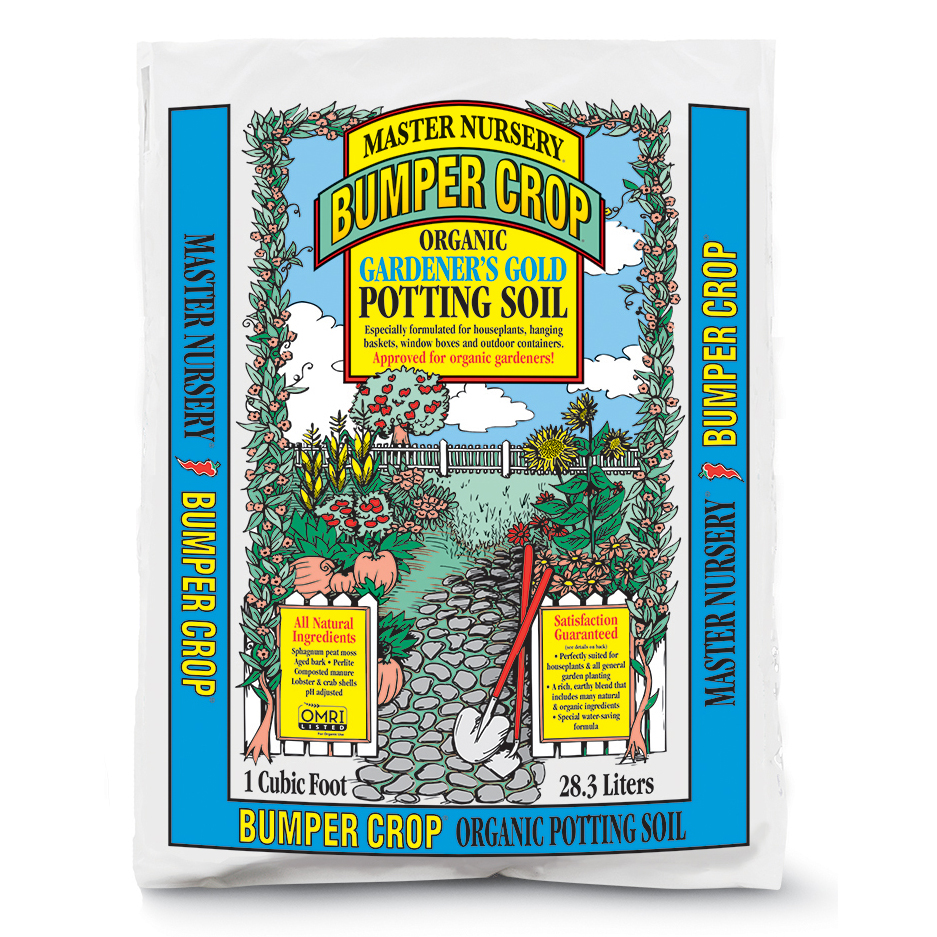Don’t let their subtle size fool you; winter pansies are tough, cool-weather plants that bloom for six or more consecutive months, from the beginning of fall until the end of spring, adding much-needed color to an otherwise stark winter landscape.
Places to Plant
Pansies bloom in an array of colors to suit every taste. Often the petals are multi-colored with curious splotches, blotches, and markings that add a touch of whimsicality to the garden.
Versatile pansy blossoms may be used to brighten most areas of the winter garden. Adding a graceful drift of lively pansies to the front of an often-viewed bed or border will reinvigorate the winter landscape. Plant pansies under a tree, along a fence or pathway, and atop a stone wall to bring the dainty yet unusual flowers closer to the eye. Try tucking pansy plants into garden beds around spent perennials and shrubs. They are sure to brighten up a lackluster section of the garden landscape. Plant pansies anywhere that you will have occasion to enjoy their beauty and color all through the coldest months of the year.
Guess what? Winter pansies perform well in containers too! Mix them with dwarf shrubs or semi-evergreen perennials in planters placed on a deck, patio, or next to the front door to greet your guests with their array of welcoming hues. Or you may simply stuff a window box or hanging basket full of pansies to create an explosion of color.
Pretty Pansies
There is little difference between the pansies labeled as “winter” pansies and those labeled “spring” pansies. Pansy varieties sold in the autumn, however, are bred to be the most cold-tolerant and should be planted early in the fall to give them time to establish strong roots and shoots before a hard frost hits. When fall-planted, pansy plants are larger, more robust, and floriferous come spring than those planted in the springtime.
There are numerous varieties of gorgeous winter pansies available in the fall; some popular ones are:
- Matrix Series
This series of winter pansies come in an assortment of colors that range from solid- to multi-colored, and from no markings to pretty little faces on heart-shaped petals. These plants have excellent branching, able to support an abundance of blooms. - Cool Wave Pansies
Super cold hardy, Cool Wave Pansies produce an abundance of colorful, medium-sized blooms on a vigorous spreading plant, making them the perfect choice for filling hanging baskets and planters or as a ground cover. - Clear Mix Panola
Panola pansies are a cross between a pansy and violas, giving this series excellent cold hardiness, large flowers, and a high bloom count. These prolific bloomers are perfect for decorating beds, borders, and containers.
Practical Pansy Planting
Did you know that winter pansies, as with most annuals and perennials, perform their best if planted in soil that is rich in high-quality compost and fed with a well-balanced fertilizer that will promote blossoms?
- Ground Planting
In the fall, choose a well-drained planting location in full sun, part sun, or part shade. Work in 4-6 inches of Master Nursery® Bumper Crop® Soil Builder [Eastern & Midwestern Regions | Western Region]. Plant pansies at the same level, or slightly higher, than they were growing in their market packs, taking care not to plant too deep or the plants may rot. Place plants about 4 – 6 inches apart. Apply Master Nursery® Bumper Crop® Rose and Flower Food after planting, mulch, and water the bed thoroughly. Remember to check the plants often during the first three weeks after planting, or until new growth begins, to ensure adequate moisture necessary for healthy development. - Container Planting
When planting winter pansies in containers, the instructions are the same as when planting directly into the ground, except, it is better to use Master Nursery® Bumper Crop® Potting Soil[Eastern & Midwestern Regions | Western Region]. This lightweight, rich potting soil, loaded with compost, is the perfect soil for all container-grown plants. The soil in containers tends to dry out more quickly than soil in the ground. It is important to pay attention to container soil moisture levels in the fall as the winter pansies work to produce strong roots to sustain them through the cold months.
Pansy Maintenance
Minimal maintenance is necessary for winter pansies to reach their full potential.
Deadheading, removing spent blooms, is helpful as it stimulates the plant to produce abundant blossoms. Clipping out any dried foliage will keep pansy plants looking their best.
Whether scattered amongst the seasonal chrysanthemums and ornamental cabbage & kale or tucked into window boxes and containers, easy-care winter pansies add color and whimsy to the late-season landscape straight through to spring.
Need more gardening inspiration? Click here.






